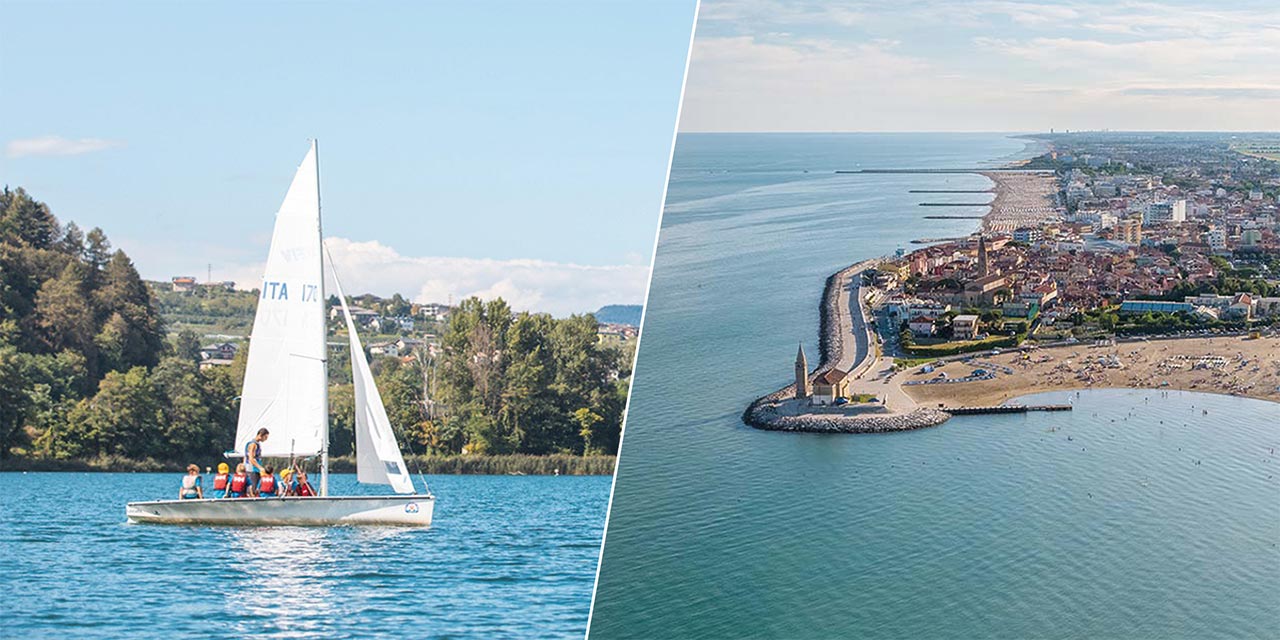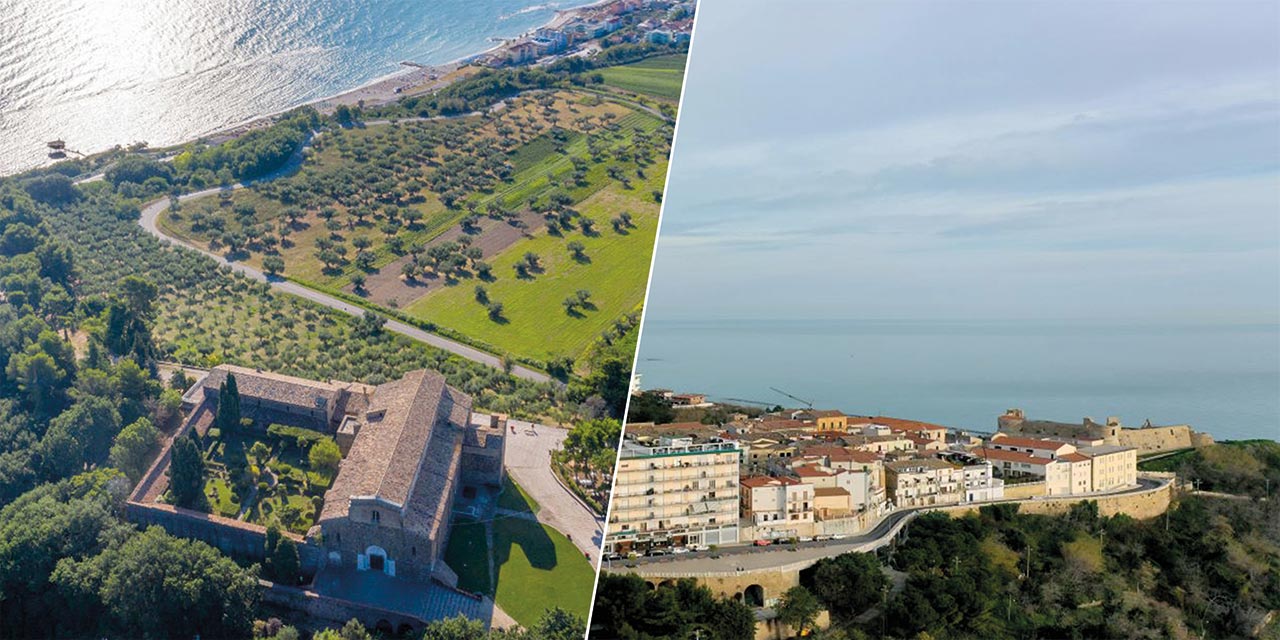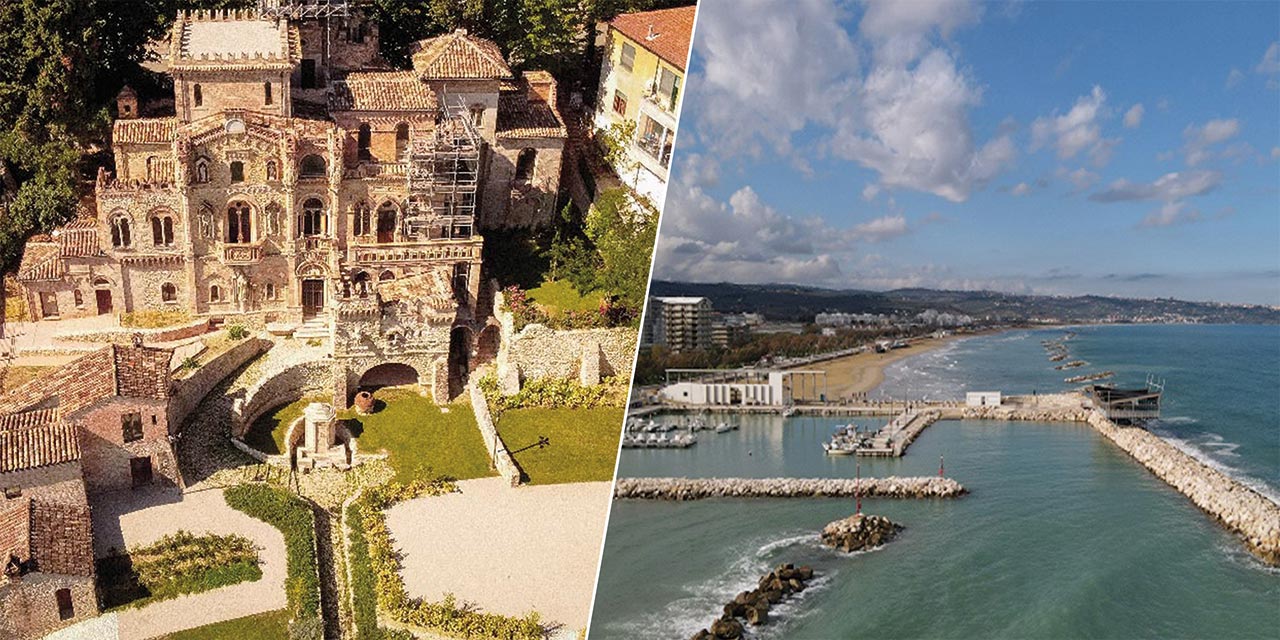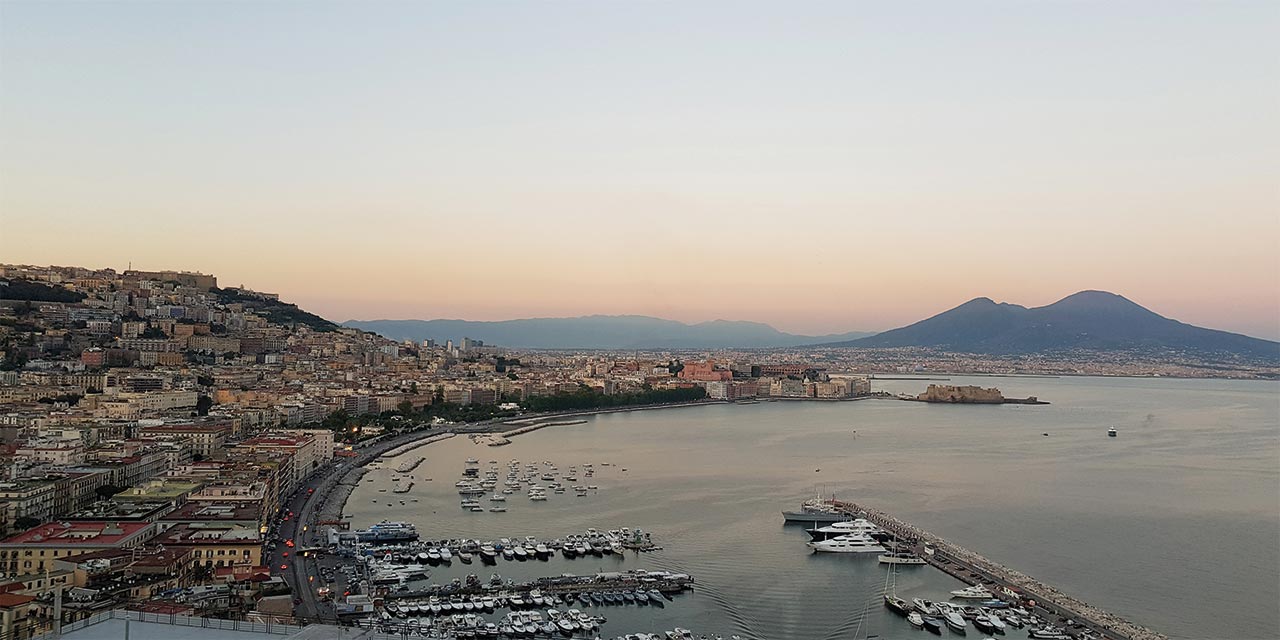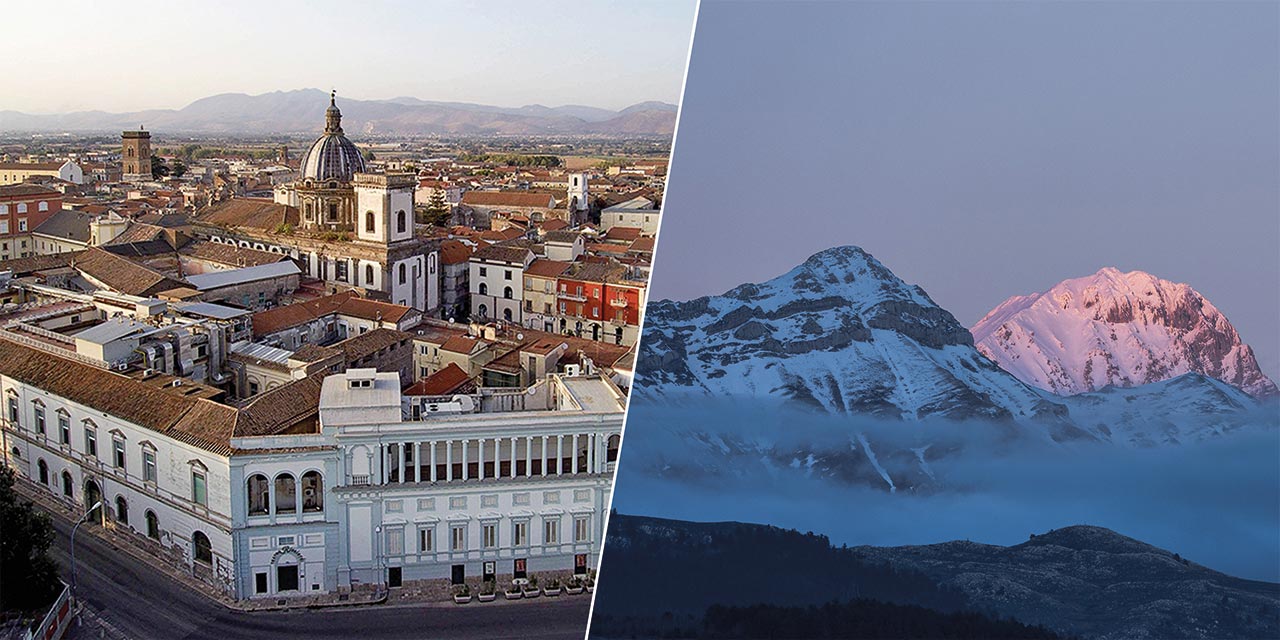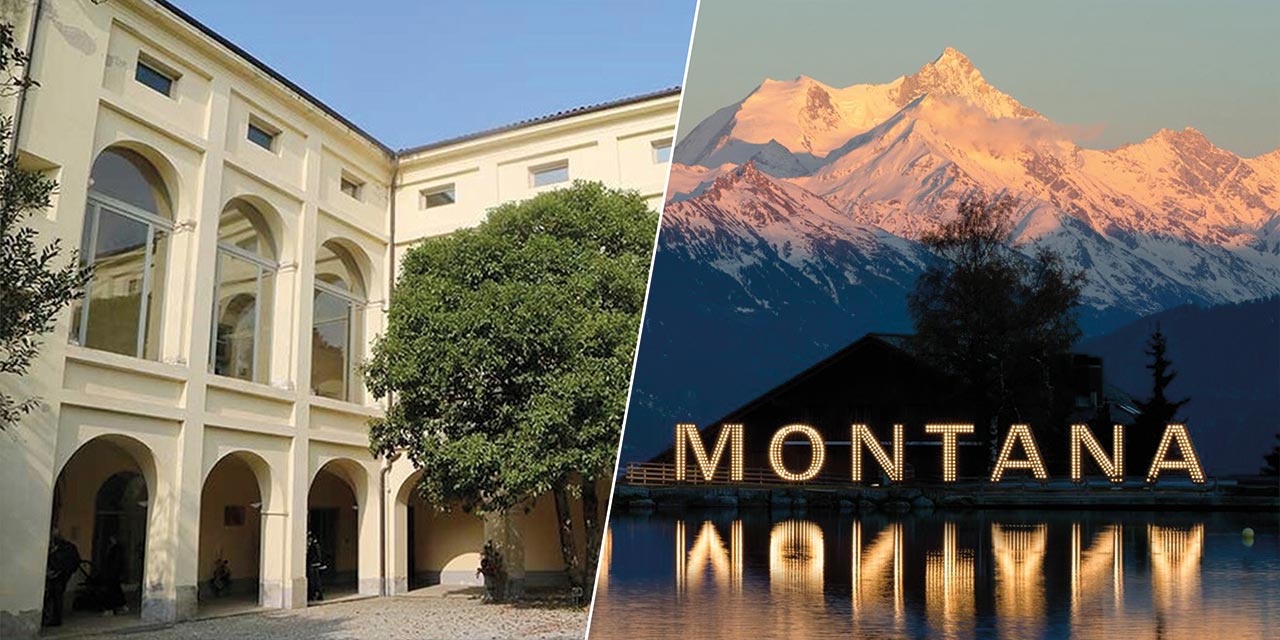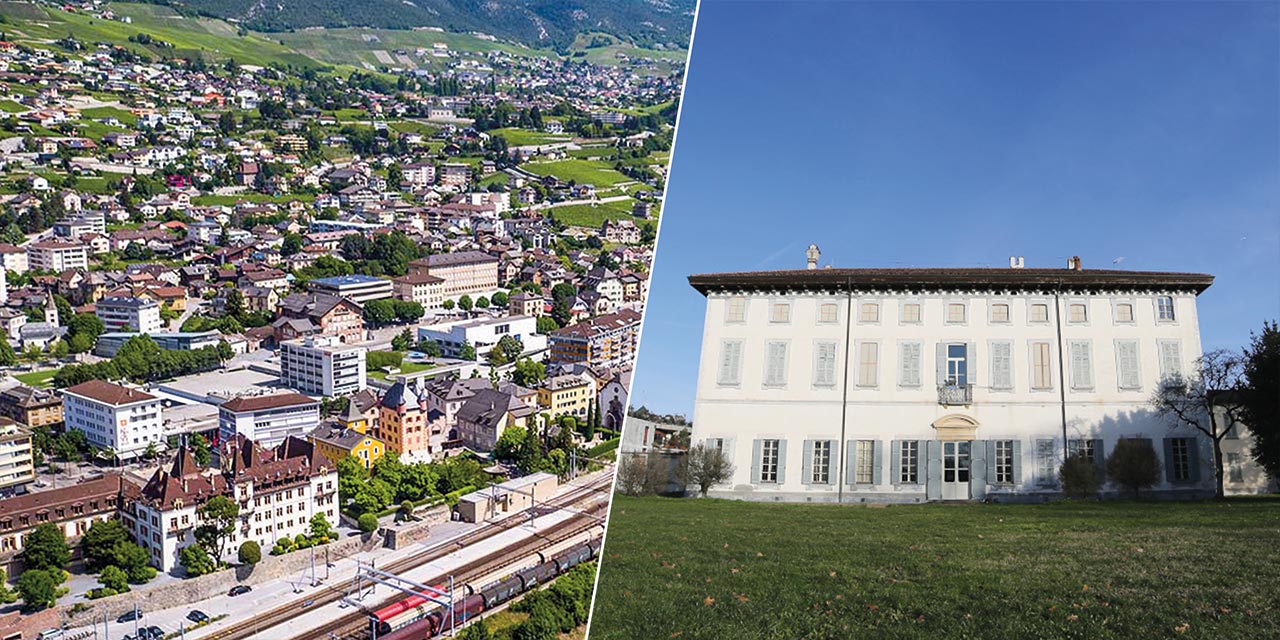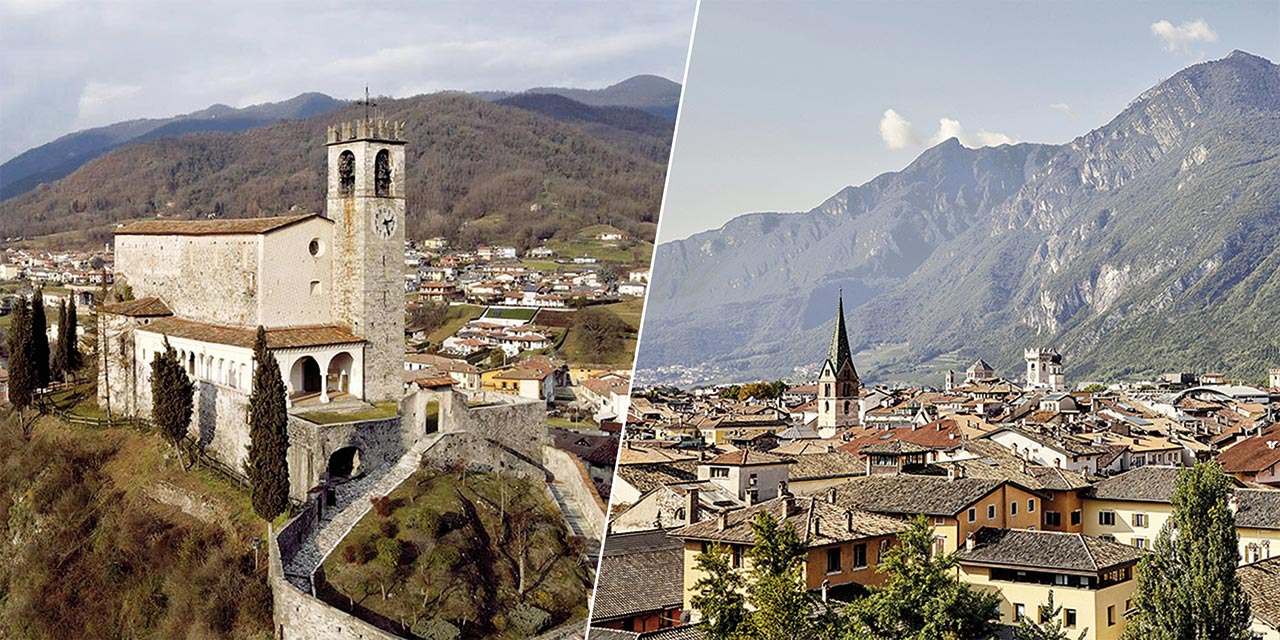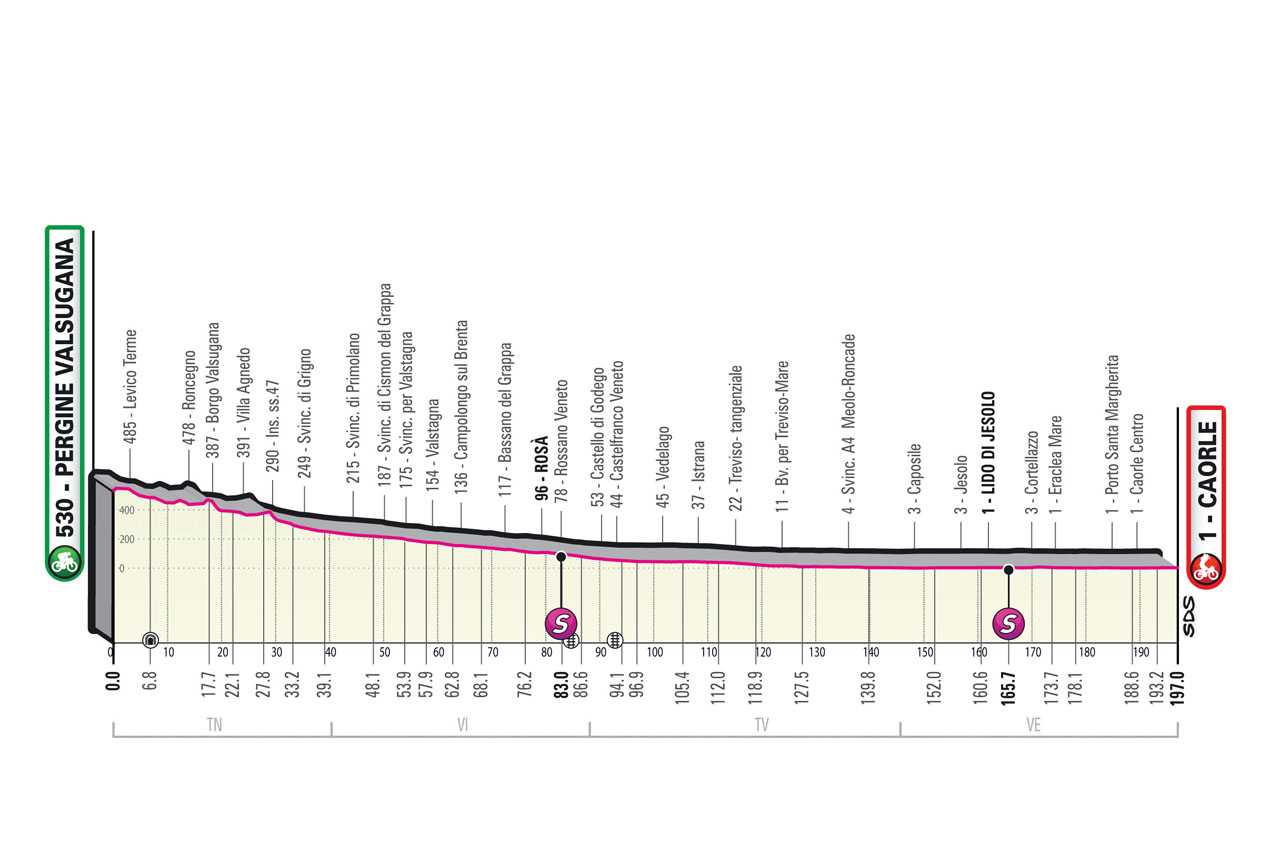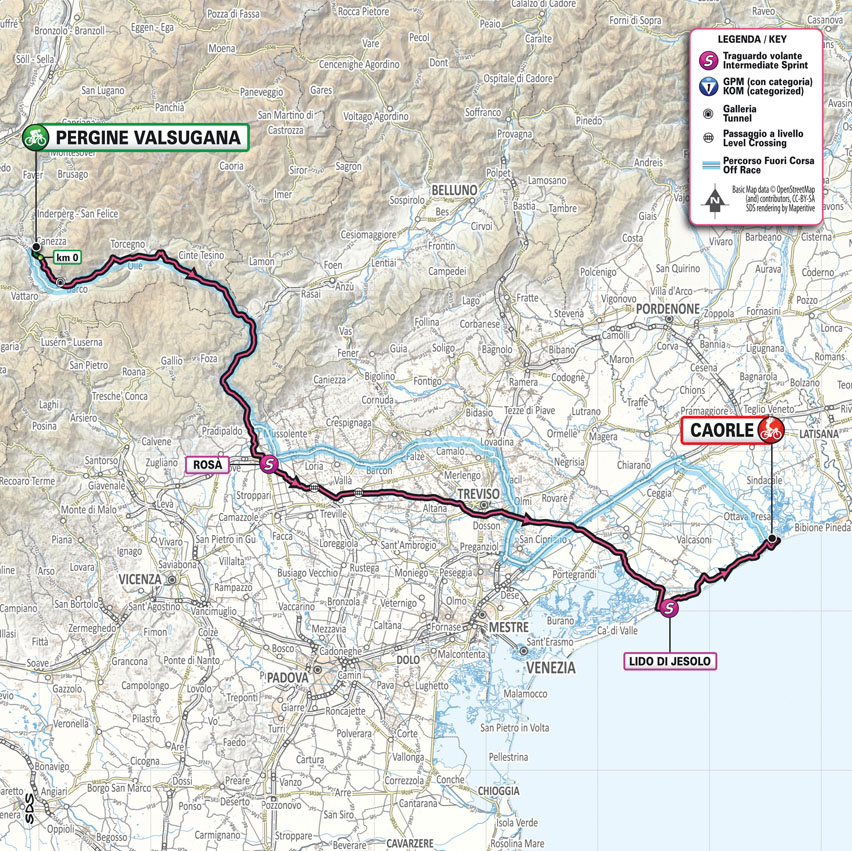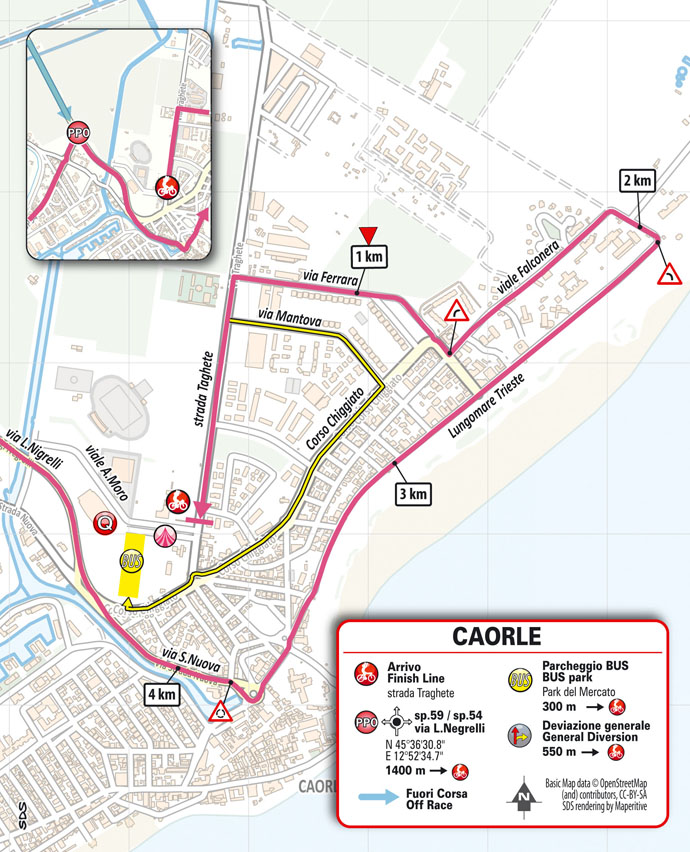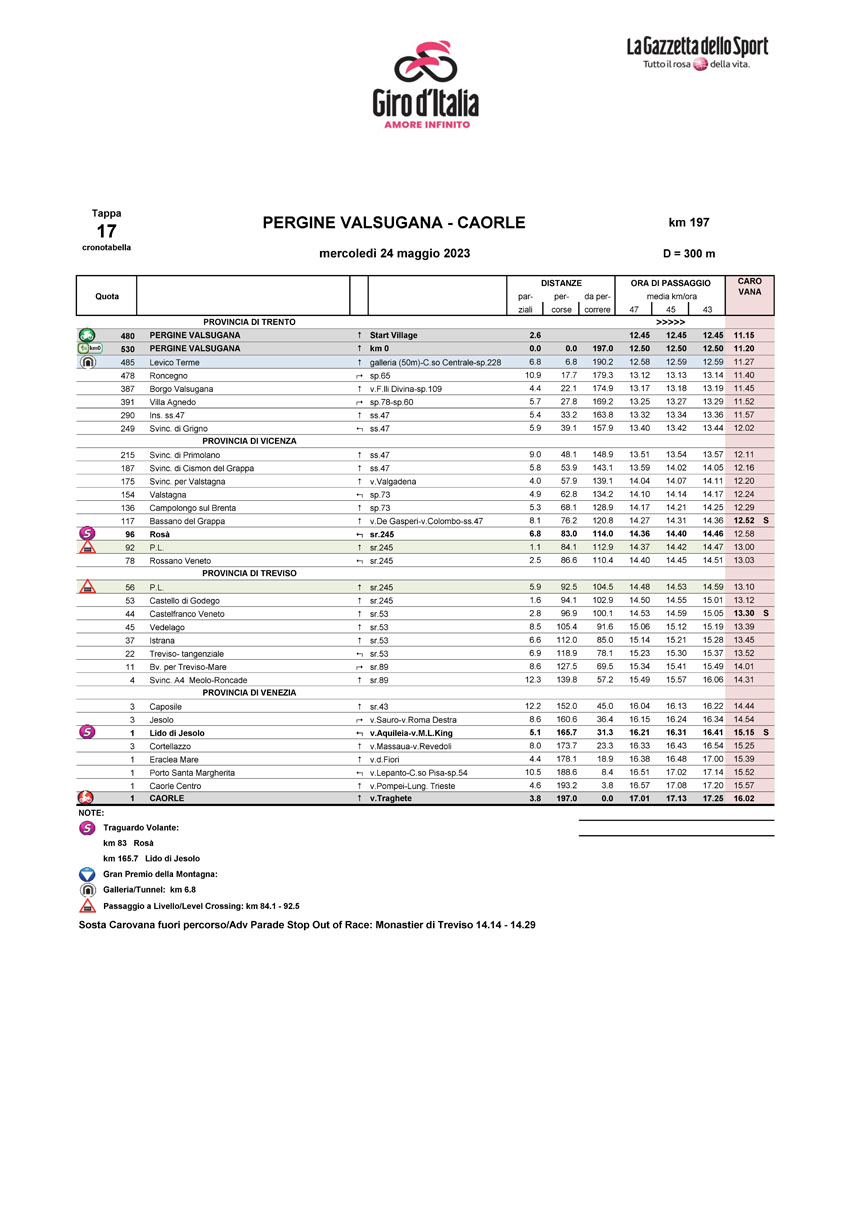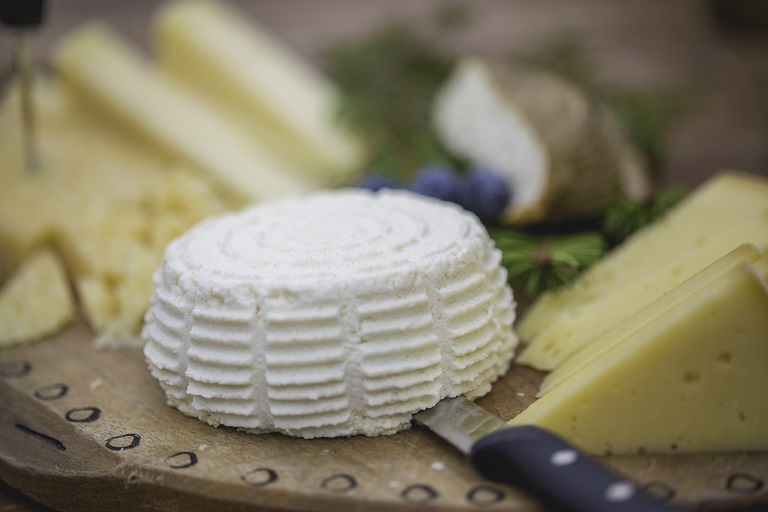profile
map
technical info
The route
The route has a slight downhill gradient and features no topographical impediment whatsoever. The stage crosses the Valsugana up to Bassano del Grappa, travels a short length of a trunk road (ss. 47) and then takes the provincial roads that run parallel to it, with narrower and moderately well‑surfaced roadway. After crossing the plain around Venice and Treviso on straight and well‑paved roads, with scarcely any bends, the route reaches Lido di Jesolo for the stage finale along the coast. As for all stages with several urban areas along the route, common traffic calming devices will be found. With 23 km to go, the route passes over a pontoon bridge, where the roadway narrows slightly.
Final kilometres
The final kilometres are played out on urban roads, with 4 straights connected by four bends. The roads are well paved and relatively wide. The home straight (600 m) is on 8 m wide tarmac.
start / finish
final kilometres
itinerary timetable
tourist info
Host city:
Pergine Valsugana
Overview
With a height of 490 m a.s.l. and 12 km east of Trento, the municipality of Pergine Valsugana occupies the vast basin at the foot of the Tegazzo hill and the valley floor of the Fersina torrent. It bathes in the blue waters of Lake Caldonazzo and is surrounded by mountains and climbs now known from the Giro d’Italia such as the climb to Monte Panarotta covered by the Corsa Rosa in 2014 and 2021. With 21,485 inhabitants, Pergine Valsugana is the third largest city Trentino by population after Rovereto and Trento.
Stronghold of the Valsugana on the shores of Lake Caldonazzo and at the beginning of the Valle dei Mocheni, the town is dominated by the historic and mighty Castel Pergine which overlooks the valley.
The castle, previously a Roman settlement, was known as the gateway to Valsugana. The manor was expanded as a medieval fortress in the 13th century and was long owned by Margarete Maultasch and later by Maximilian I, the Tyrolean prince.
Food
Food and wine tourism and sports tourism can now be a winning combination: in Valsugana-Lagorai you can discover typical Trentino products and local dishes with a strong flavor of tradition, authenticity and quality.
Where unspoiled nature and green pastures meet the culture and passion of healthy eating, here come on our tables the best mountain flavors. From polenta with the famous Valsugana flour to the genuineness of the small fruits of Sant’Orsola; from the excellent sausages to the local dairy products, such as the typical alpine cheese from Malga Montagna Granda and “Lagorai”. But also honey, the apples of Trentino, the radicchio of Bieno, the medicinal herbs of Valsugana, the chestnuts of Roncegno and the typical “Treccia Mochena” from Caneza are transformed into truly unique dishes thanks to the magic touch of the people who take part in their processing.
In addition, in Valsugana-Lagorai the “Slow Food conduct” which aims to promote and safeguard the agri-food heritage of the territory: the good and healthy cuisine, here, is a treasure handed down from generation to generation.
Treat yourself to a break from the rule. Enjoy your holiday by tasting local food and wine products.
Points of interest
The town offers many places of interest for the many visitors who travel to Valsugana every year, both from a historical and cultural aspect and from a naturalistic point of view. The Castle of Pergine is an excellence and admirable place given its advantageous position and visible from every alley in the town centre. Among the Renaissance-style houses, patrician buildings and ancient churches, the arcades of Via Maier are among the most visited places among the many streets of the historic city center together with the historic Via Pennella and the “Piazza municipio” Square. The building, dating back to the year 1697, was initially built on one floor and was later raised in 1786.
In the municipal area of Pergine Valsugana there are many green areas due to its advantageous position surrounded by the green and wild Lagorai and the Mocheni Valley.
The Parco ai 3 Castagni is located in the center of the town below the Castle, which can be reached via a path that climbs through the thick woods until you reach the ancient manor. The vast area recently redeveloped offers large spaces where residents and numerous visitors can spend leisure moments in direct contact with nature.
The Valsugana cycling path, connecting Pergine with its beautiful Lake Caldonazzo with the magnificent city of Bassano del Grappa, is a real paradise for people who love cycling: 80 km among culture, history and unique natural landscapes between Trentino and Veneto.
Unique in the world, in Canezza, is the Museum of the bollard. Each bollard is associated with a champion or a personality of the great cycling of the present and above all of the past. It is possible to admire the bollard dedicated to Fausto Coppi, Bartali and the one for Pantani accompanied by explanations on its origin and its composition: those in granite and those in cement, those in wood and those in plastic material; the one coming from the Dolomite passes and the one taken on the hairpin bends of the Pyrenees or on the roads of the great classics of the North. Strolling along the paths bordered by the bollard, you come across the big names in the sport of cycling: Merckx, Anquetil, Gimondi, Magni, Bobet… and down to Carrea and Giuliani in a emotional of memories and memorable feats.
Caorle
Overview
Overlooking the Upper Adriatic, a stone’s throw from the city of Venice, Caorle is characterized by wide beaches with golden fine sand and surrounded by areas rich in history, culture and nature.
In addition to the beaches of Levante e Ponente, Porto S. Margherita, Lido Altanea e Duna Verde and the unspoilt natural environment of the lagoon of Caorle, this picturesque fishing village boasts a historical centre characterized by campi, calli, coloured houses and streets which once were crossed by canals, now filled in. This is why Caorle is known as “little Venice”.
The local seafaring tradition can be tasted thanks to the countless typical dishes available. In fact, fishing continues to be practiced and ensures fresh seafood every day.
Ideal for spending the holidays, Caorle offers the opportunity to relax by the sea or in the middle of nature and to live experiences suitable for every need.
Food
An indissoluble link exists between cuisine and territory and the food and wine experience is an important key to understanding a place and its identity. The historical seafaring village of Caorle boasts the title of Gourmet Destination of the Upper Adriatic, as its cuisine is its best calling card as well as an interesting travel motivation for foodies and beyond.
Although Caorle cuisine is characterized by a strong maritime identity, among the specialties it offers, there is no shortage of recipes from the land inspired by peasant tradition. Typical dishes and products become the protagonists of true sensory experiences and an excellent reason to organize a holiday or a trip out of town.
The very fresh catch is the flagship of the local cuisine which can count on three highly appreciated local fish products: the Moscardino, a small octopus that loves sandy seabeds, perfect as a low-calorie appetizer and excellent natural anti-wrinkle thanks to the high percentage of collagen which contains; the white Canestrello, a mollusc with a delicate flavour often prepared on the grill; the organic sea clams (the only ones to have this certification all over Italy) bred and collected in a farm opposite the Vallevecchia coastline, a protected naturalistic area and Site of Community Interest.
They are the protagonists of the historical Municipal Fish Market: here, in the area adjacent to the fishing port, the traditional ‘ear’ auction takes place (an age-old system of selling fish, which is assigned to those who whispers to the auctioneer the highest bid).
In the fishing port of Caorle it is fascinating to discover the trade of the fishermen who, after having sold their catch, can be seen busy arranging the boats and fishing nets, ready to face a new day’s work from the following night.
And if the sea is synonymous with history and quality, the hinterland also suggests flavours that deserve to be tasted, such as superfine Carnaroli rice, sandbank honey, Montasio DOP cheese, craft beer or local wines. Whoever comes to Caorle can find in the menu a rich basket of products to be tried in the characteristic restaurants of the village: not to be missed are the classic spaghetti with clams, baby octopus stewed with polenta, risotto with white canestrelli, sardines in Saor, bigoli in sauce or grilled fish. Such dishes will conquer even the most difficult palates.
You just have to come and get to know the local tastes and skills, to discover zero-km products, typical specialties, restaurants and a wide variety of food and wine events organized in the locality.
Points of interest
HISTORICAL CENTRE
It is completely pedestrian and corresponds to the ancient fishing village, with its typical Venetian-style campi and calli, its brightly coloured houses that in the past overlooked the canals. Near the Infopoint, you can glimpse white lines on the surface of Rio Terrà (i.e. canal later silted up): they outline the course of the previous water canal, from which the name of the street derives. Parallel to Rio Terrà is the enchanting Calle Lunga, which leads to the main square, Piazza Vescovado.
FISHING PORT
Adjacent to the historical center is the Rio Interno, where the Fishing Port is located. Caorle retains its characteristic aspect of a seafaring village and fishing is still practiced today. Here it is fascinating to discover the trade of the fishermen who, after having sold their catch, can be seen busy arranging the boats and fishing nets, ready to face a new day’s work from the following night. The fish is unloaded and sold at the Municipal Fish Market where the typical “ear auction” takes place, an age-old system of selling fish, which is assigned to those who whispers to the auctioneer the highest bid.
PIAZZA VESCOVADO
In Piazza Vescovado you can admire, in all their majesty, the Cathedral of Santo Stefano and the bell tower, both from the 11th century and in Romanesque style. The Cathedral preserves valuable works of art inside, such as the Pala d’oro (i.e. golden altarpiece), an expression of the skilful Venetian goldsmith’s art of the 14th century. The splendid cylindrical bell tower recalls in its shape the Ravenna models of the Byzantine tradition and culminates with a conical spire.
SCOGLIERAVIVA
From Piazza Vescovado, if you head towards the stairway you can access the dam defined as one of the most beautiful promenades on the Upper Adriatic. The cliffs are made up of Euganean trachyte boulders and have become an open-air museum, thanks to Scoglieraviva. Since 1993, in fact, national and international artists have been trying their hand at sculpting works of art out of the stones; this symposium takes place every two years.
SANCTUARY OF MADONNA DELL’ANGELO
The origins of the religious building, probably the oldest in Caorle, date back to the 6th or 7th century. It was previously a wooden church dedicated to St. Michael the Archangel. The building in its current form dates back to 1751, when Bishop Suarez decided to demolish the old church and rebuild a new one with a beautiful Palladian-style porch. The statue of the Virgin Mary is kept here: according to legend it was found in the sea by fishermen in the mists of time.
THE LAGOON OF CAORLE
At the end of the Levante beach, the Caorle lagoon opens up, a protected naturalistic area, a Site of Community Interest, where a great variety of flora and fauna find an ideal environment for life and reproduction. In the past, the lagoon was the place where the fisherman used to spend the fishing seasons with his family in houses called casoni, typical buildings in wood and marsh reed, still visible today.

